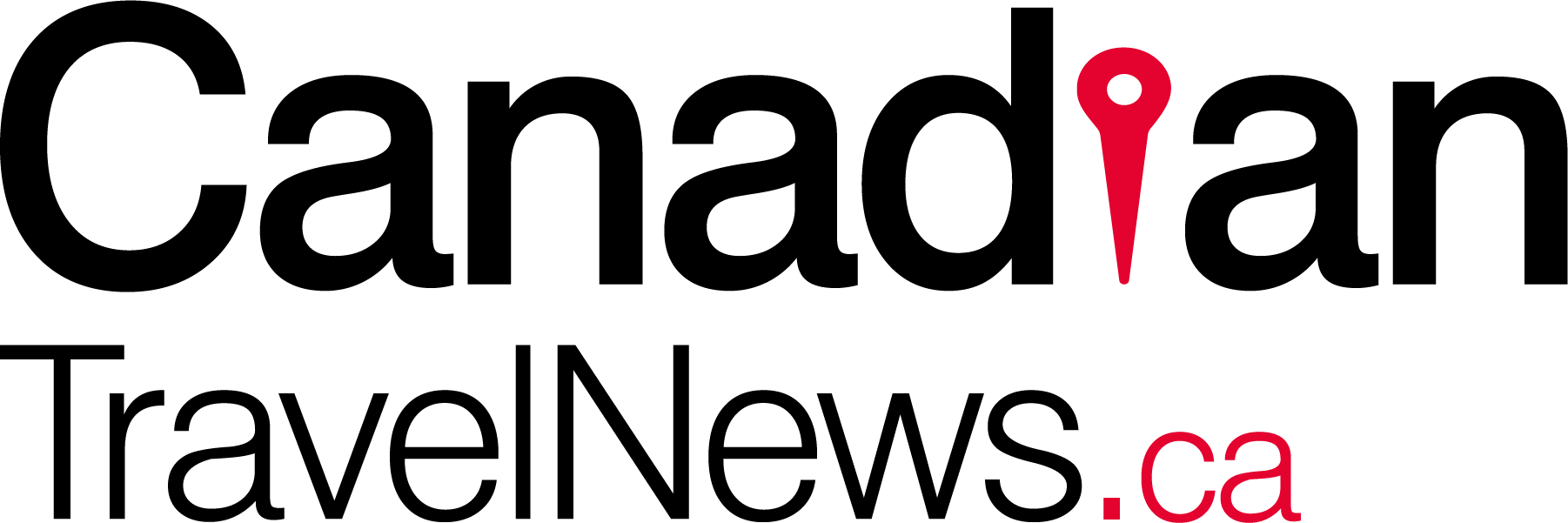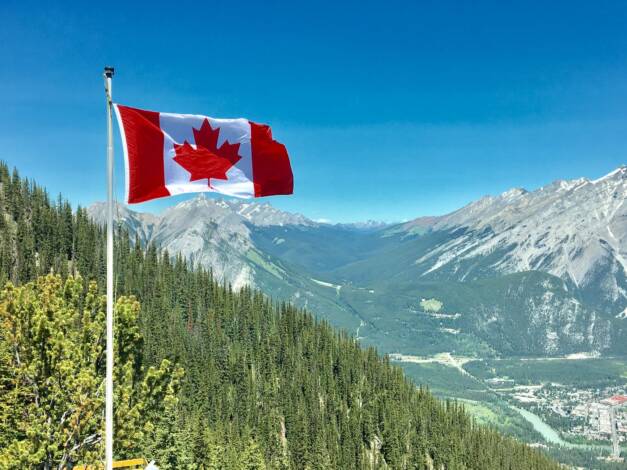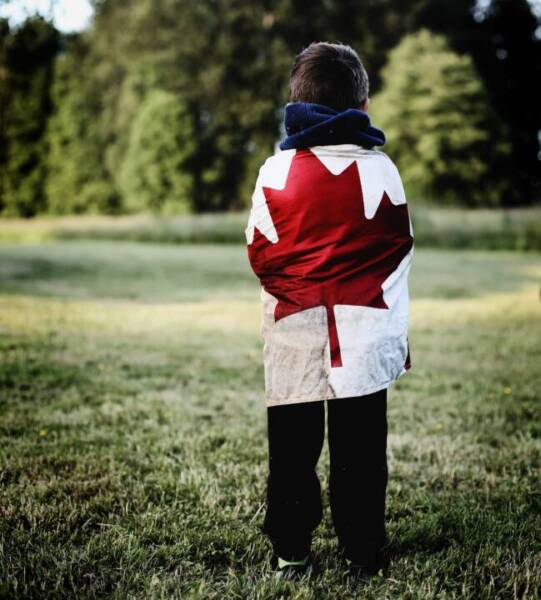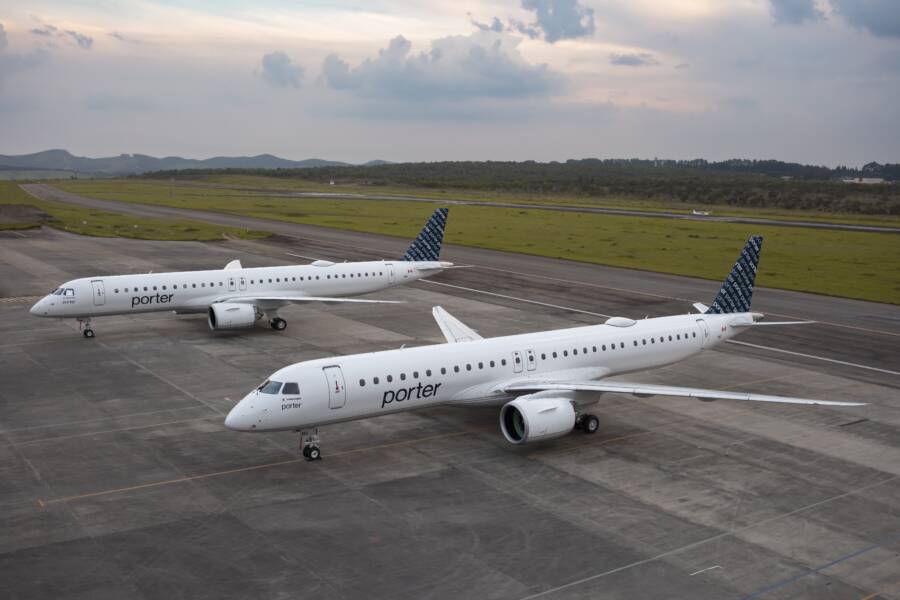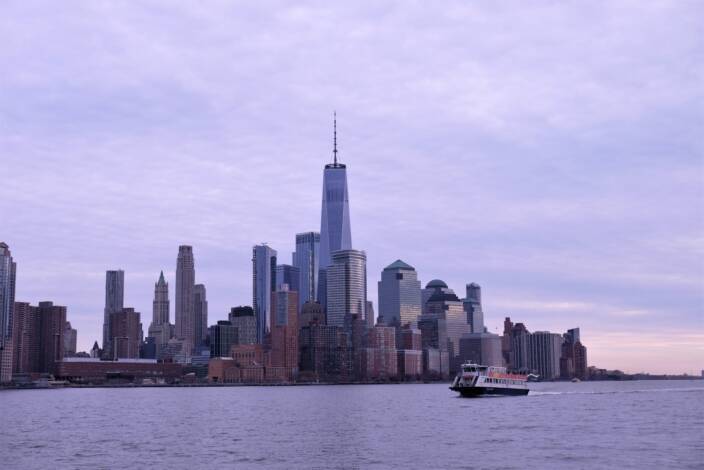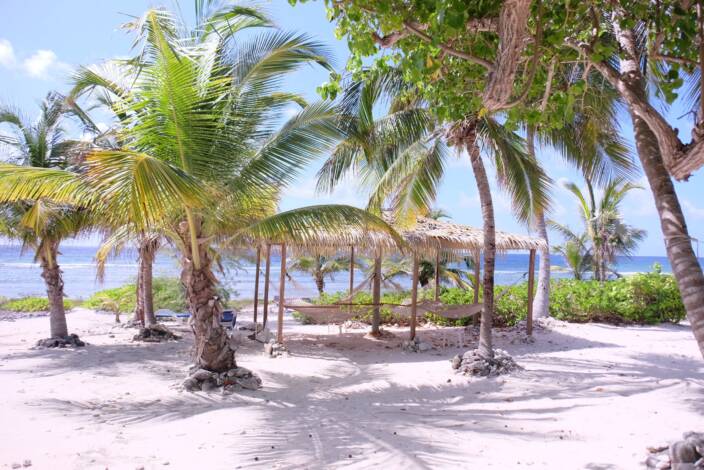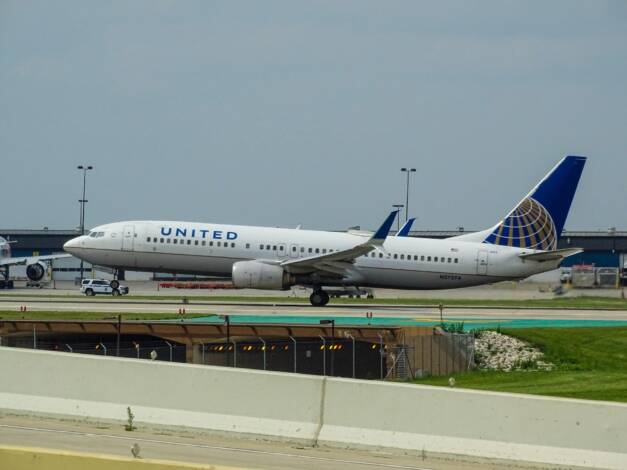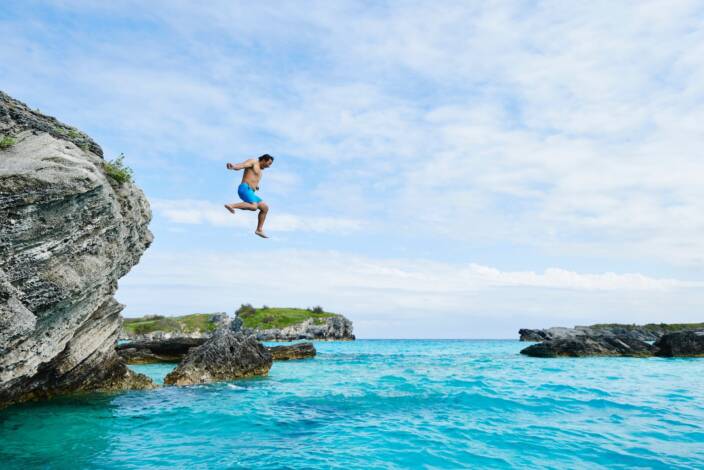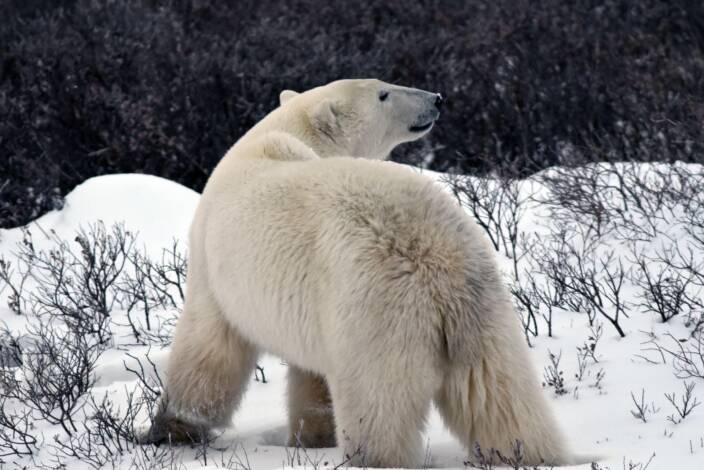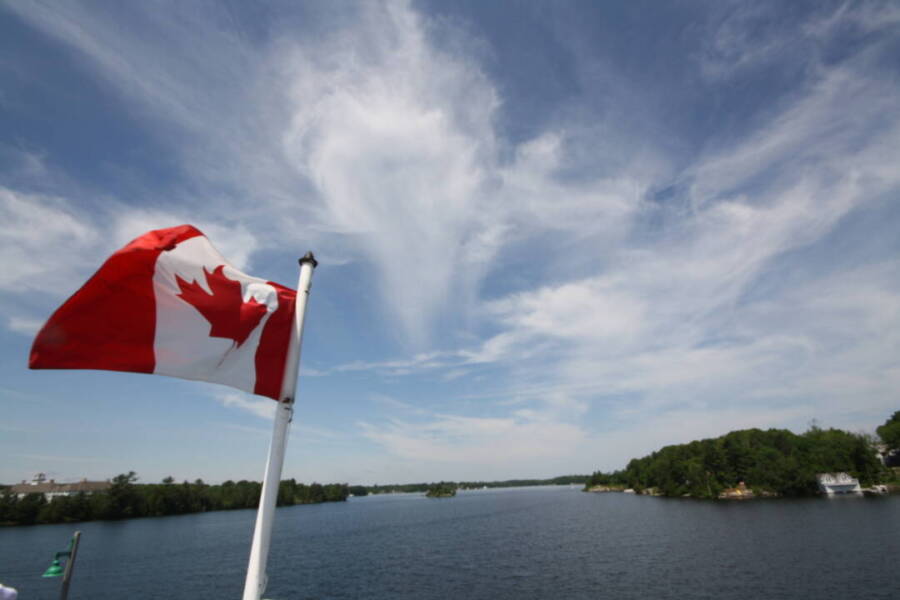
Help Needed Now to Spur Tourism Recovery in Canada, Major TIAC Report Says
February 19, 2021 Jim Byers
Canada’s devastated tourism and travel industries can’t wait for vaccines in arms to get moving, says a major report by the Tourism Industry Association of Canada.
The TIAC report lays out a number of needed changes and programs that are needed, including tax credits for Canadians to spend on domestic trips, relief for Canadian airlines, more testing programs, reduced quarantines and a “policy map” to safely re-open provincial/territorial and international borders.
“Prior to COVID-19, tourism was one of the fastest growing industries in the world,” says the report. “In Canada, tourism was a growing industry and a leading economic driver. As the country’s fifth largest sector, tourism was responsible for $105 billion in GDP, 1 in 11 Canadian jobs, and 225,000 small- and medium-sized businesses across Canada.
“But now, due to the COVID-19 pandemic, Canada’s tourism economy is in crisis and employs 521,300 fewer Canadians than it did this time last year. While some Canadian sectors have experienced a small degree of recovery, Canada’s tourism economy has remained stagnant. Tourism was the first hit, the hardest hit, and will be the last to recover.
“The news of COVID-19 vaccine distribution gives us reason for cautious optimism. However, if we wait for mass vaccination before committing to tourism recovery measures, it will be too late to restart Canada’s tourism economy—and too late for the businesses and jobs who depend on it.”
The report says tourism businesses have brought in strict new health and safety measures and that they’re committed to continuing compliance.
But the Trudeau government “must act quickly to set out a plan to safely reopen the country to both domestic and international visitors, and ensure Canada’s tourism economy can survive and recover.”
This year will be a critical year of restart for Canada’s tourism economy, TIAC states.
“Tourism businesses are doing their part to prevent the spread of the virus, but revenue and employment losses are not forecasted to start to recover until the summer of 2021. Domestic travel will be a crucial first step, but will not be able to fill the revenue gap from the halt of international travel. The only way to ensure a full recovery of the tourism sector is to reopen borders.”
The report says a recent study conducted by Destination Canada indicates that if borders stay closed until October 2021, recovery to 2019 levels is not expected until 2026.
Seventy eight per cent of tourism spending in Canada is from Canadians, however international visitors spend an average of $1,047 per trip, compared to about $244 per trip for domestic visitors. That’s four times the amount spent by domestic travellers.

The industry is encouraged by a number of federal programs, TIAC says in its report. But more investment is required “to stimulate business recovery, to encourage Canadians to explore Canada and to keep Canada competitive on the global stage.”
Among the reports’ recommendations:
- Provide immediate liquidity for the aviation sector by supporting carriers, airports and by providing sufficient funding to government service providers such as NavCan and Canadian Air Transport Security Authority (CATSA). The government also needs to establish incentives for airlines to maintain service to remote communities and eliminate airport ground lease rent.
- Provide government financial support for rapid testing and contact tracing programs to keep Canadians safe and to reinstate travel.
- Use current international and industry data and available science to inform the reduction or elimination of quarantine measures.
- Provide tourism businesses with tax credits to help defray costs associated with safety protocols.
- Provide federal guidance on a policy roadmap to safely re-open provincial/territorial and international borders by managing the risk of contagion with testing as a replacement for quarantine measures.
According to a recent Destination Canada report, with a border opening projected for October 2021, return to 2019 levels for the industry would be estimated for 2026. However, if the second wave of the virus is contained, the domestic market may be expected to recover by 2022, the report says.
One great way to help, when the time is right, is to provide a tax incentive to Canadians for the 2021/2022 tax years to travel locally or within Canada.

TIAC says the tax incentive should include the following features:
- 25% tax credit on qualifying expenditures up to a maximum of $5,000, minimum claim of $500.
- Qualifying expenditures to be associated with a minimum of one-night’s accommodation for non-business travel.
- Expenditures to include accommodation (hotel, motel, campsite), travel (air, train, bus), meals (restaurant) and activities (destination related).
- Be limited to Canadian travel.
Other recommendations include:
- A reintroduction of the federally funded Marquee Tourism Events Program (MTEP) to support key festivals and events across Canada.
- Develop a Business Events and Urban Recovery funding program to help support urban DMOs (Destination Marketing Organizations) replace businesses meetings and event losses.
- Reinstate the visitor GST rebate program for international visitors.
- Provide at least $225 million top up funding to Destination Canada over three years to keep Canadian destinations top of mind for Canadians, to support Destination Marketing Organizations and to entice the return of high value travellers.
About the Author

